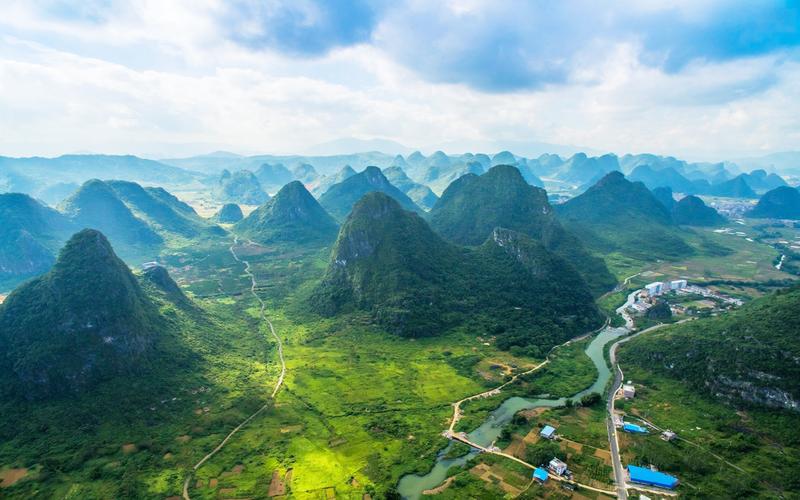Preserving Cultural Heritage: A Crucial Necessity for Our Society Today
Our society is built around the tangible and intangible heritage that our ancestors have left for us. The cultural heritage of any society is precious and irreplaceable, yet more often than expected, it is under threat. Without a conscious effort to preserve our heritage, we stand to lose not only our identity and history but also the fabric of our society. This article aims to shed light on why preserving cultural heritage is crucial for our society today.
Preservation of Cultural Identity
Cultural heritage is a reflection of a society’s history, identity, and values. It mirrors the beliefs, customs, traditions, and practices of a group of people. It is through cultural heritage that we understand the evolution and progress of humanity. However, with our fast-paced lifestyle and other distractions, it is easy to lose sight of our roots. Preserving cultural heritage indeed maintains the identity and promotes it. It also serves as a source of inspiration for future generations, ensuring that our values, customs, and traditions are not lost.
Promotion of Mutual Respect
Cultural heritage can bridge differences and foster mutual respect. Every cultural heritage site has a story to tell, and visiting these sites can elicit sympathy and understanding for different beliefs and practices. It stimulates the curiosity of people to know more about others, which is crucial in promoting harmony and reducing tension between different communities. Cultural heritage can promote a shared sense of identity and belonging, which transcends ethnic, religious, and racial backgrounds.
Tourism and Economy
Cultural heritage sites have become a significant attraction for tourists, often comprising a significant portion of a country’s tourism revenue. The preservation of cultural heritage can produce economic benefits, such as boosting small-scale industries and creating jobs for local communities. It could also increase income levels, not just for the communities near the heritage sites but also for the countries that promote them.
Preserving Green Spaces
Cultural heritage sites are mostly located in green areas which are vital for sustainability. These sites preserve natural resources and landscapes ensuring a link between man and nature. In some areas, cultural heritage sites also serve as buffer zones between two protected areas. The preservation of cultural heritage sites can, therefore, contribute to sustainable development and environmental conservation.
Preserving Heritage for Future Generations
Cultural heritage sites are an inheritance, passed down from generation to generation. If we do not preserve our cultural heritage, we risk losing them forever. All the generations after ours will be denied the opportunity to experience how our forefathers lived, practiced their religion, and how they escaped the hardships of life enjoying nature. Thus, it is pertinent that we do not neglect the virtues of cultural heritage and take an active role in preserving them.
Conclusion
The preservation of cultural heritage is an absolute necessity for our society today. It promotes cultural identity, increases mutual respect, boosts tourism, promotes the economy, preserves green spaces, and ensures the flavor of a particular region is kept alive. Everyone must make a conscious effort to support the preservation of our cultural heritage sites. By doing this, we not only preserve our cultural values but also showcase the richness of diversity that makes our society unique. It could also ensure that the generations after us are granted the same opportunity to experience the wonders of our past.
(Note: Do you have knowledge or insights to share? Unlock new opportunities and expand your reach by joining our authors team. Click Registration to join us and share your expertise with our readers.)
